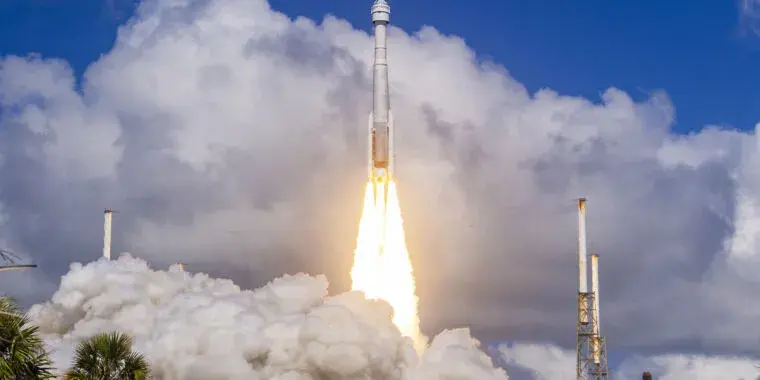“We are letting the data drive our decision."
Dang, this is really serious. You don’t call in leadership from Boeing and NASA unless there are some serious issues to hammer out, that go beyond engineering.
Do they have enough seats up there without starliner to get everyone down?
I assume they could just stay up there until another Dragon/Soyuz launch if they don’t trust starliner?
Maybe? Soyuz is too cramped, but Dragon might be able to fit extra people. A few years ago a NASA astronaut flew up on a leaky Soyuz, so they looked at using Dragon as a lifeboat:
https://www.space.com/nasa-spacex-dragon-rescue-spacecraft-soyuz-leak
Dragon was drawn up to fit 7 people, with 3 seats on the bottom and 4 on top. They ended up changing the seat angles for reentry, so now they only have 4.
–
Starliner is still their emergency ride home in case a real alarm goes off, but they want to study the leak issue as much as possible before they separate their service module, which burns up during reentry.
Are the docking adaptors male/female or interchangeable? Could they do a dragon/dragon docking manoeuvre if they all had to jump in there?
The docking adapters look pretty much the same (interlocking petals, not male/female) and can be active, passive, or both, but Dragon’s is only active. Active has to dock to passive, so two Dragons couldn’t dock.
SpaceX developed a new one that can be active or passive for Starship, which will have to dock with Orion and the Lunar Gateway.
https://www.nasa.gov/image-article/nasa-spacex-test-starship-lunar-lander-docking-system/
🤖 I’m a bot that provides automatic summaries for articles:
Click here to see the summary
In an update released late Friday evening, NASA said it was “adjusting” the date of the Starliner spacecraft’s return to Earth from June 26 to an unspecified time in July.
The announcement followed two days of long meetings to review the readiness of the spacecraft, developed by Boeing, to fly NASA astronauts Butch Wilmore and Suni Williams to Earth.
“We are letting the data drive our decision making relative to managing the small helium system leaks and thruster performance we observed during rendezvous and docking."
The NASA update did not provide any information about deliberations during these meetings, but it is clear that the agency’s leaders were not able to get comfortable with all contingencies that Wilmore and Williams might encounter during a return flight to Earth, including safely undocking from the space station, maneuvering away, performing a de-orbit burn, separating the crew capsule from the service module, and then flying through the planet’s atmosphere before landing under parachutes in a New Mexico desert.
“We are strategically using the extra time to clear a path for some critical station activities while completing readiness for Butch and Suni’s return on Starliner and gaining valuable insight into the system upgrades we will want to make for post-certification missions,” Stich said.
They can gather more data about the performance of the vehicle on long-duration missions—eventually Starliner will fly operational missions that will enable astronauts to stay on orbit for six months at a time.
Saved 62% of original text.




